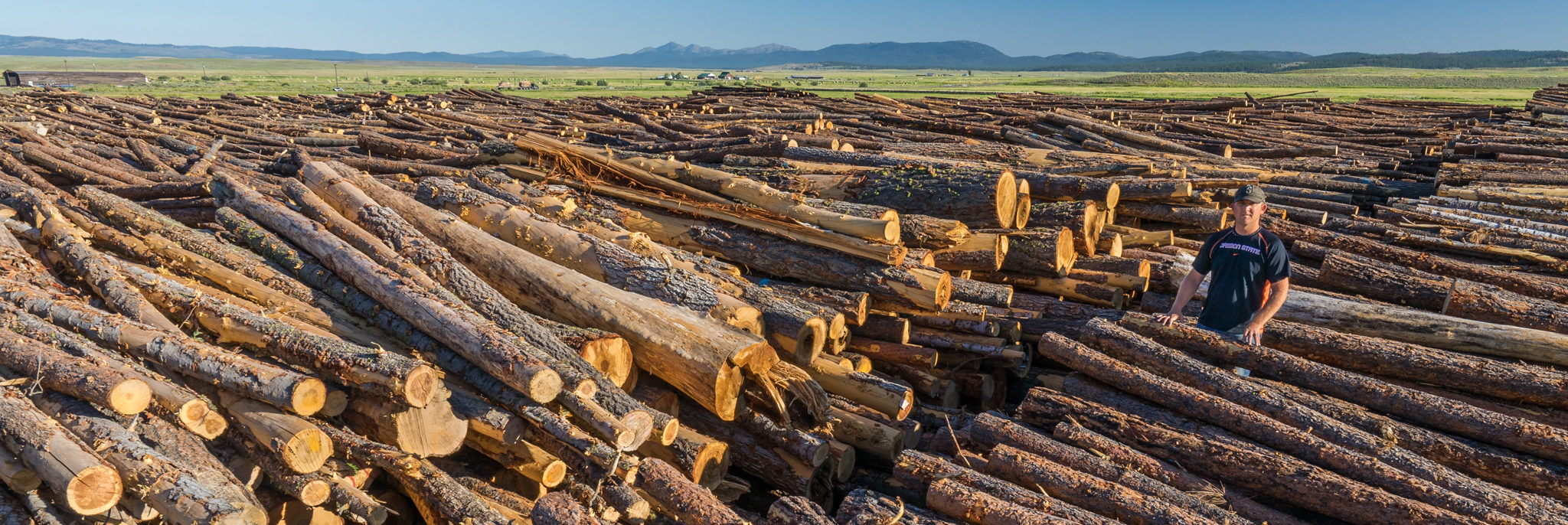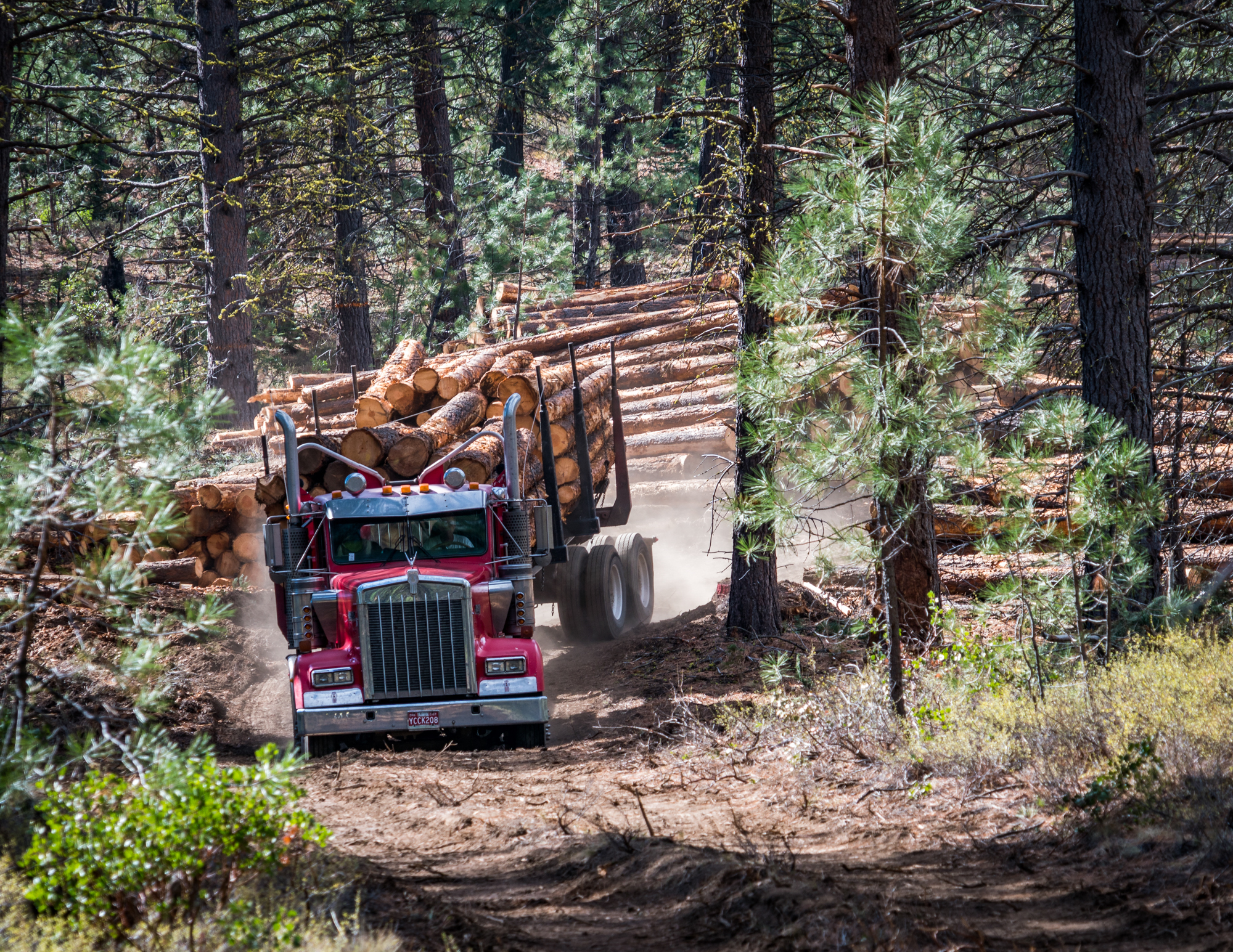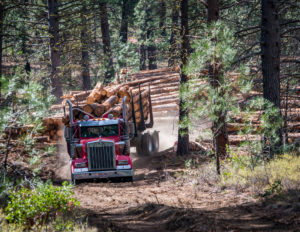
Home
Mass Timber Rising
Sustainable Forests
Tall Wood – Low Carbon
Fuels to Frame
About
Rules and Regs
Market Forces – Friend or Foe?
Mass timber construction is steadily growing. Researchers estimate that in the western states, mass timber could account for a quarter of commercial and institutional buildings in the next ten years and use up to ten percent of the specified grades (#2 or better lumber).
Many celebrate this rise in demand for mass timber. However, some may be concerned about the impact of new demand on the region’s forests. How does growth of mass timber impact forest sustainability? What should we think about this new source of demand?
It’s helpful to place this new demand within the framework of the regional timber supply.
Demand for the material used by mass timber construction adds to existing demand for an established commodity–structural grade lumber. In the northwest, structural lumber is mostly, but not exclusively, made from Douglas fir. Mass timber manufacturers utilize #2 or better 2x6s and 2x8s from existing sawmills who get their logs primarily from private forestlands. Private forests account for one third of forested acreage but provide 80 percent of the region’s timber harvest.
Currently, the lumber used in mass timber construction is a very small (but growing part) of the bigger lumber picture in the region. Combined, Oregon and Washington produced about 6 billion board feet of lumber in 2019.1
Demand from mass timber construction nationwide was estimated at only 450 to 500 million board feet in 2019, and then dropped to 250 to 300 million board feet in 2020 due to the pandemic.2 These numbers reveal that mass timber construction has room to grow before it exerts additional pressure on regional lumber markets.
Nonetheless, mass timber represents a new source of demand that will consume a growing share of timber supply which could exert upward pressure on prices. In general, high prices and strong markets encourage an investment response from landowners. Owning and managing forestland costs money, and economic incentives promote more, rather than less, forest management. Strong and predictable markets are important, as many private landowners only derive revenue from harvests but need to pay for continual investments, taxes and other expenses.


A log truck hauls logs thinned from a restoration project on the Deschutes National Forest near Bend, Oregon. Restoration treatments are effective but expensive. Mass timber manufacturers are beginning to utilize restoration fiber, opening up greater possibilities for forest restoration.
In short, strong markets help keep forests working. Mass timber construction adds to the general demand for commercial timber which predominantly comes from the west side of the Cascades in Oregon and Washington. But, the promise of mass timber extends beyond simply bolstering demand for Douglas fir sawlogs. New advances in using lower value ponderosa pine logs could allow mass timber construction to support efforts to restore dry eastside forests.
Pioneering mass timber manufacturers, Vaagen Timbers in Colville Washington, are experimenting with and proving out the use of low-grade ponderosa pine thinned from overstocked fire-prone forests. This is a promising development that could help lower the cost of much needed forest restoration treatments. Many forests in the interior west are unhealthy due to over a century of fire suppression and increasing levels of insect outbreaks, disease, and large-scale wildfires.
In 2017 the Forest Service estimated that 10.4 million acres of national forest lands in Oregon and Washington need some form of restoration treatment such as thinning, fuels reduction, and/or reintroducing fire.3 Importantly, about 1 million acres of those 14 million in Oregon and Washington are within a quarter mile of residences, underscoring the risk to both people and forests.
Restoration treatments on public land are expensive and are needed across large areas. Fuels reduction and restoration treatments can cost over $1,000 per acre and can require multiple entries performed in sequence, such as thinning followed by under burning. When the land managers have a market outlet for small logs that result from the treatments, it lowers the cost of completing the work and allows more work to be completed for the same amount of appropriated funds.
Mass timber construction is a relatively recent phenomenon in the Northwest. The impact of this new demand remains limited but it is expected to grow and become a more significant user of commercial grade lumber. This growing demand will add to the market dynamic that helps keep forests as forests. And, if experiments like that of Vaagen Timbers prove to be economically viable, the growth of mass timber construction could be a force helping to restore the region’s vulnerable dry-side forests.
3 DeMeo, T., R. Haugo, C. Ringo, J. Kertis, S. Acker, M. Simpson, and M. Stern. (2018) Expanding our understanding of forest structural restoration needs in the Pacific Northwest. Northwest Science 92(1):427-444.
Rules and Regs
Previous
